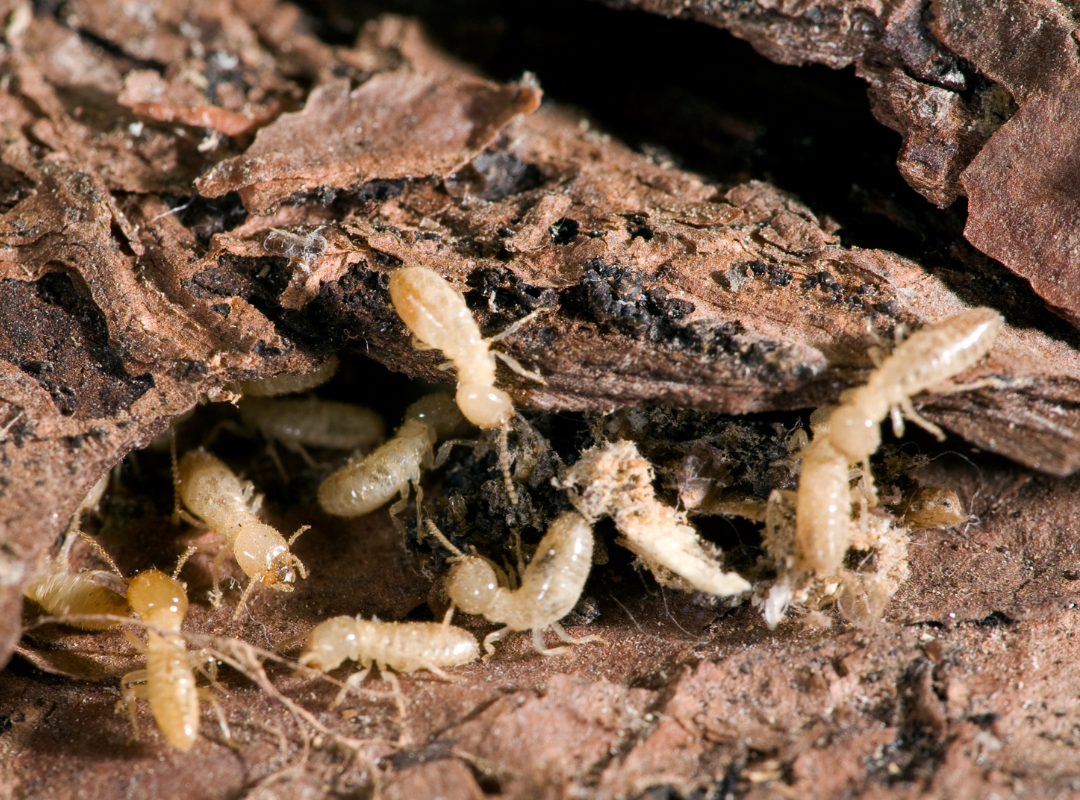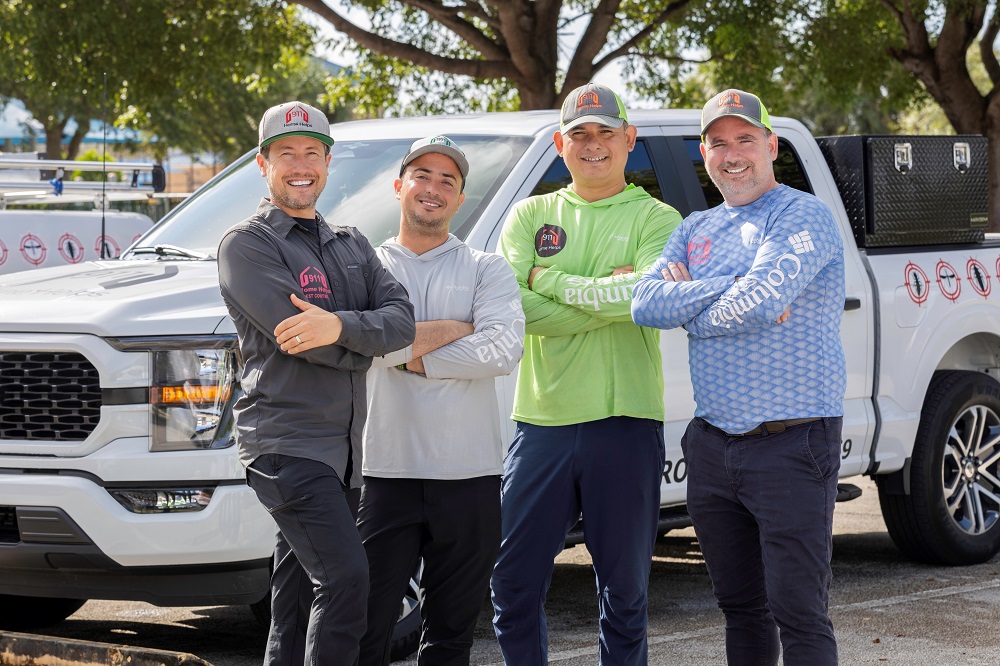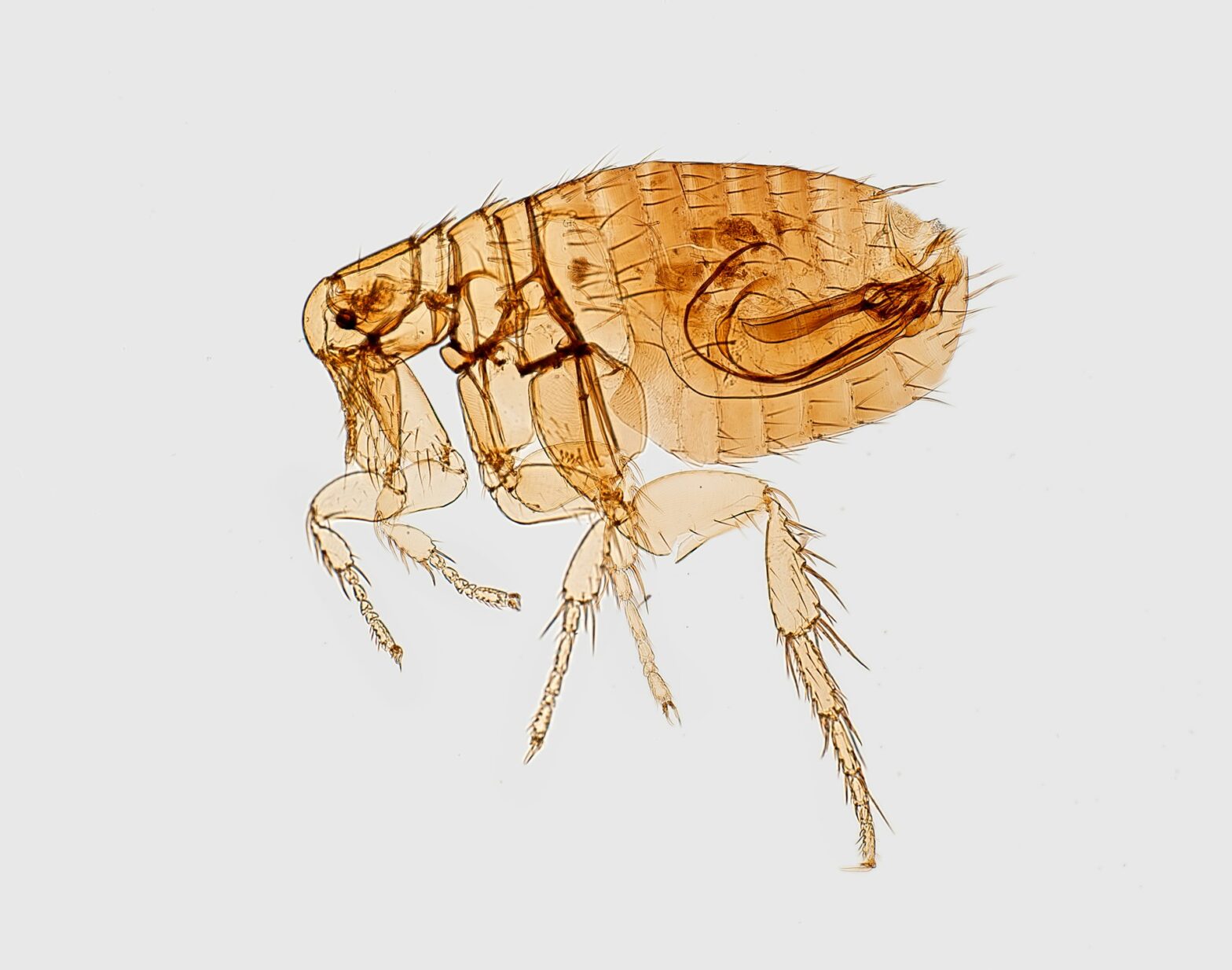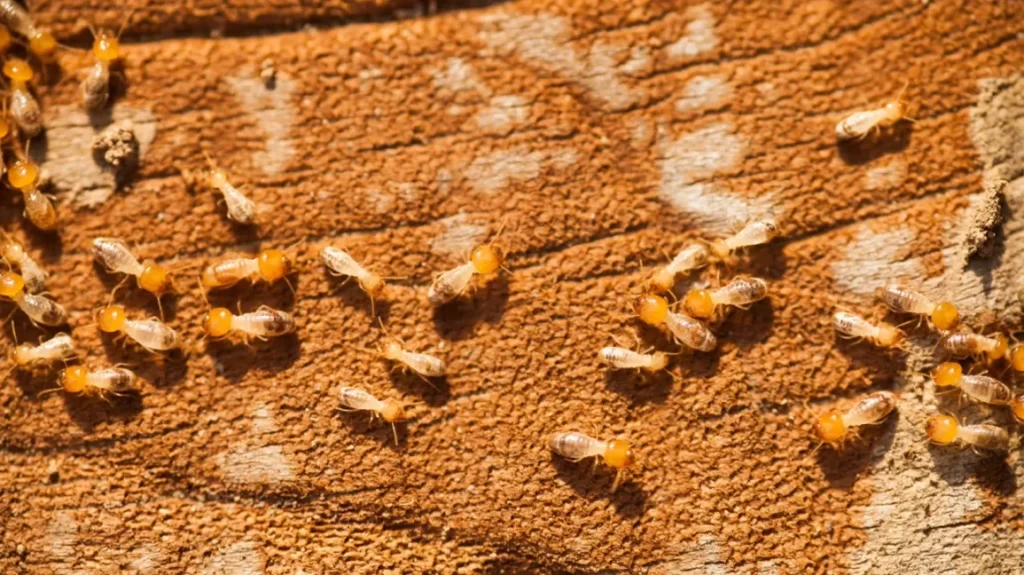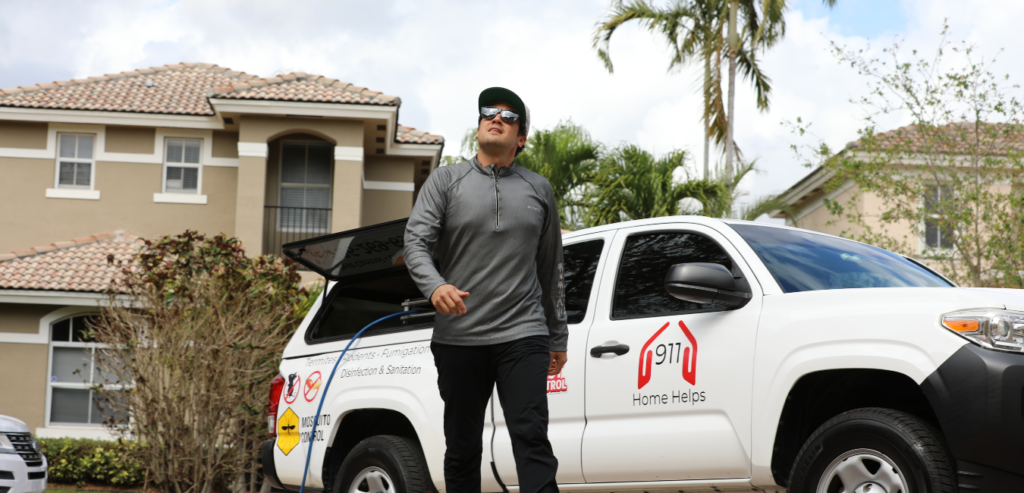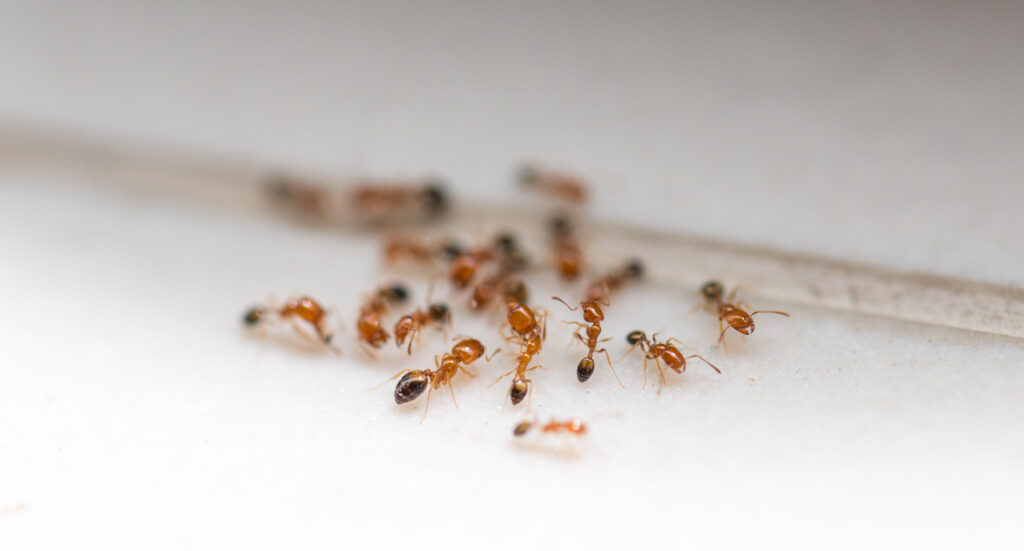
When Termite Season Hits Florida
Termites are active every month in Florida, but some months, they’re worse. Subterranean termites typically begin their swarming period in early spring, around March and April, which continues all the way through the summer months. Their cousins, the particularly destructive Formosan termites, concentrate their swarming between late April and early May. These “super-termites” form massive colonies containing millions, compared to several hundred thousand, making them the worst kind of termite to have on your property.
Drywood termites present a different challenge altogether. Unlike their subterranean relatives, these pests don’t require soil contact and can infest wood directly. What this means is that you can have an infestation of more than one type of termite in a single structure, with multiple colonies at that! They typically swarm from March through August, with peak activity occurring between May and June. Their ability to thrive in dry wood without ground contact makes them particularly troublesome for Florida homeowners.
Recognizing the Early Warning Signs
Catching termite activity early is important. It’s the difference between successful treatment and spending even more to treat infestations and repair the structural damage that they’ll leave you with.
As a property owner, you should keep an eye out for tell-tale signs. For example, subterranean termites are known to build distinctive mud tubes along foundations, walls, and other surfaces. These narrow tunnels serve as protected pathways between their colony and food sources. The wood that has been damaged by these pests will be hollow when tapped and will produce a distinctive empty sound because the inner structure has already been eaten away.
Aside from tapping on wood, you might notice discarded wings near windowsills, doors, or light fixtures. These are signs that a termite swarm is brewing literally underneath you (or between your walls). Termites shed their wings once they’ve found a suitable nest. So if you find them being sprinkled all over your property, your home is next on the menu.
Small holes in wooden structures also signal termite presence, particularly with drywood varieties. Termite damage follows wood grain patterns, with only the soft springwood attacked while harder sections remain untouched.
Unlike wood-destroying insects, subterranean termites don’t push wood particles or droppings outside. Instead, they use this material to construct their tunnels, mixing it with soil and sand particles as plaster. This behavior makes detection more difficult without professional inspection.
You have to be more wary of Formosan termites. They’re incredibly fast. Their huge colony size means that they can consume entire rooms within months. Their extended foraging range of up to 300 feet also means that a single colony threatens multiple nearby structures, so you and your neighbors aren’t safe.
Protecting Your Property Before Problems Start
The smart way to prepare for a termite infestation is to be proactive. Don’t wait for signs of termite damage. Instead, pay for professionals to inspect your property regularly. If you can’t, at least do some inspecting yousrelf. Get a screwdriver and tap the wooden sections of your home. If they sound hollow, you’re at risk. In the worst cases, severely compromised areas may break during your own testing. For your safety, we recommend leaving this part to the professionals.
Fixing moisture problems around foundations, eliminating standing water, and maintaining proper drainage are modifications that you can make to your property to make it a less desirable place for termites. You’ll want to keep wooden materials away from direct soil contact to act as a physical barrier against termite entry.
Having Thermal Acoustical Pest Control insulation may help. It’s an innovative approach exclusive to certain pest control companies. It combines insulation with pest deterrent properties, helping maintain comfortable indoor temperatures while simultaneously providing an additional defense layer against various pests, including termites.
Making Informed Decisions
If you live in Palmetto Bay, it only makes sense to hire a pest control company who lives in the same area. They’re the ones who understand regional termite behavior patterns and building construction methods. They have personal experience dealing with termites within the region and know what kind of damage they do to homes similar to yours. This results in a more effective protection plan compared to a generic approach that you might get from other companies.
Educating yourself and working closely with a pest control company is your best bet against termites. Think of this as an investment in your property. The better protected it is against termites, the less you’ll have to worry about paying for termite-related repairs and a potentially lower home value.
